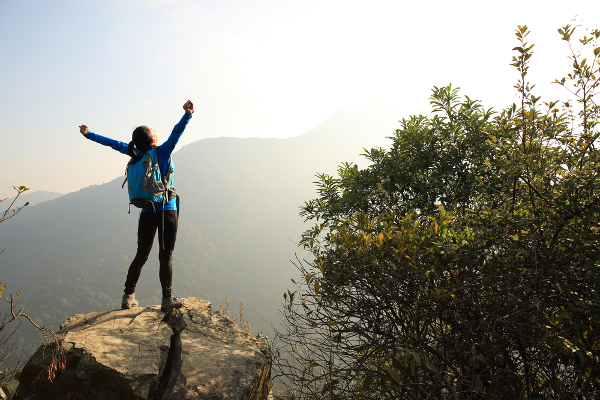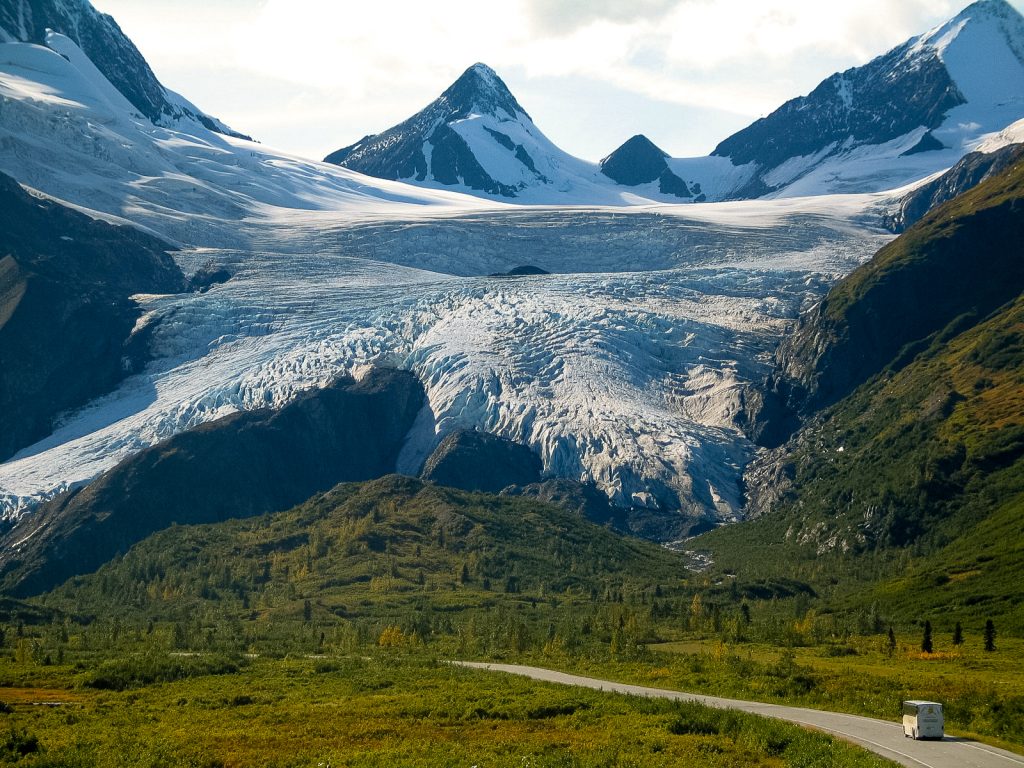Written by Wild Bill on The Prepper Journal.
With the furthest you can get from a paved road in the lower 48 states being 22 miles, (Northeastern Wyoming) getting “off the grid” is a lot harder for most of us than we think.
Have you ever really been “off the grid?” What most would describe as “We are really going to spend a Friday night doing this?” to “the vacation from hell” to “Seriously Dad!?!?” is actually some of the best training a prepper can do. I walked the John Muir Trail one July, from the top of Mt. Whitney to Tuolumne Meadows, 210 miles, and never went more than an hour during daylight without seeing or hearing someone. Summers on the Appalachia Trail can be the same. And, to settle the argument here and now, the John Muir Trail is a section of the Pacific Crest Trail that runs 2,650 miles from the Mexican Border to Canada, while the Appalachian Trail runs 2,200 miles from Georgia to Maine. Back on topic.

Every prepper needs to challenge themselves and their family to practice. To get off the grid. And the key to this is to start small and safe and then remove the fallbacks. One night at home, from dusk to dawn with no utilities, no electricity, no running water, no natural gas (fireplace, stove, BBQ hooked to home gas system) is a good first step. And no running water means no “bathroom” facilities unless you operate them using buckets of water carried from a water source such as a pool, or pond or lake. I assure you if you have not done this it will be eye-opening. And no cop-outs, no “we did this after that thunderstorm last year”, you know the one after dinner was cooked, consumed and the dishes were cleared and dealt with, the one where only the electricity was off. Dusk to dawn, with a meal at both ends done without electricity and running water, and no natural gas either, do it on a camp stove on camping cookware. It will be easy, it can be fun, especially if you don’t recharge phones and tablets the day of;-) Discussing and writing down “lessons learned” afterwards will be invaluable and help you comprise a survival list based in reality.
From this you can step it up at your own pace. Do it again but in the woods or out in the dessert. Whole different world. Do it for a couple of nights and bring only enough supplies for one – see if you can “ration”, if you can find things like more water, or other things to eat if you must. I know “seasoned” campers may turn their noses up at this but I have found that those with their well-stocked backpacks, packed travel trailers and latest high-tech gear are the first to panic when they run out of supplies and there is no camp supply store to fall back on. No disrespect to campers intended, they have a leg up already, but it is a big leap from spending time on the land to living off it.

And, before the Sourdoughs of the world chime in my experience in Alaska is you are “off the grid” as soon as you lose sight of a paved road. While I will get plenty of push-back on this, the last time I stayed at the Captain Cook Hotel in Anchorage (hardly off any grid) a grizzly was tranquilized in a city park just 8 blocks away, a woman was killed by a black bear just south of Elmendorf AFB, and an Inuit child of 8 was killed by a grizzly near Iliamna Lake, all over a ten-day span. You have your “off the grid” definition, and I have mine. In any case, whatever your take on this aside, do visit Alaska if you get the chance as no artists’ palette has as many shades of green as you will find on the Kenai Peninsula in the summer. Spectacular walking in shorts on a blue-ice glacier with the brilliant green mountains everywhere. Again, back on topic.

Learning for yourself what you need physically and mentally to survive, how each member of your family will deal with things, how to keep your head, can only be done through practice under real conditions. And don’t stress about this as anyone stranded in the wilderness can be found within 72 hours of being reported missing (that is a big hint on how much supplies you should always bring) assuming two important things – someone knows and reports you missing, and you know and can plan on rationing your supplies accordingly, and, of course, you want to be found.
The lesson here is the one that applies to everything, practice makes better, maybe perfect after enough practice.
The post Just How Far off the Grid Can You Get? appeared first on The Prepper Journal.
from The Prepper Journal
Don't forget to visit the store and pick up some gear at The COR Outfitters. How prepared are you for emergencies?
#SurvivalFirestarter #SurvivalBugOutBackpack #PrepperSurvivalPack #SHTFGear #SHTFBag

No comments:
Post a Comment